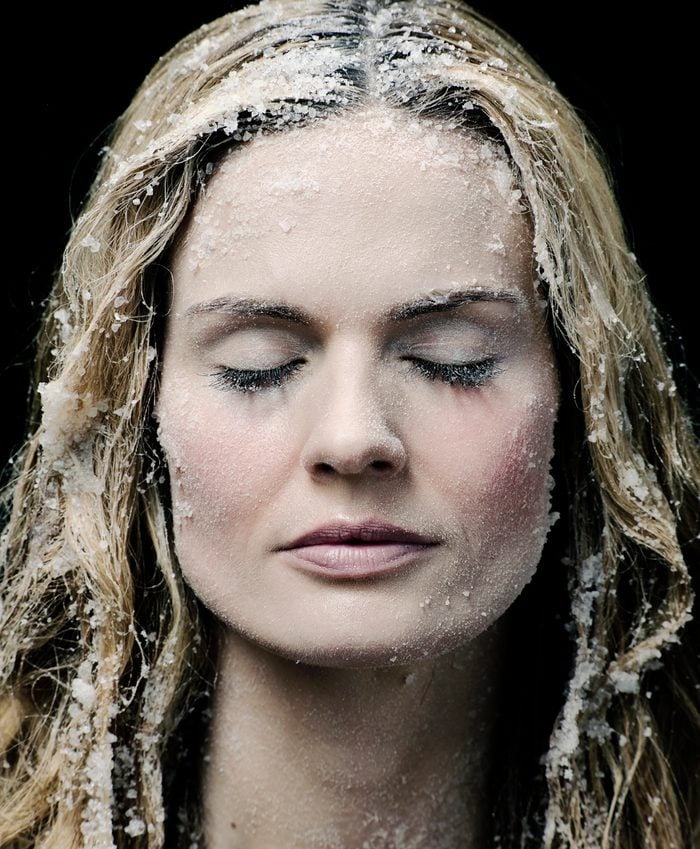
“Froze stiffer than a board”
It was -22° F on a December night in 1980 when 19-year-old Jean Hilliard’s car skidded off a side road in Lengby, Minnesota. The teen was on the way back home to her parents’ house and was wearing a coat, mittens, and cowboy boots. The car was truly stuck, so she decided to walk to a nearby friend’s house. She collapsed a mere 15 feet from his door as hypothermia took hold. The friend, Wally Nelson, found her the following morning; she was frozen solid. “I grabbed her by the collar and skidded her into the porch. I thought she was dead. Froze stiffer than a board, but I saw a few bubbles coming out of her nose,” Nelson revealed in a 2018 Minnesota Public Radio interview. When Hilliard finally made it to the hospital, her pulse was 12 beats per minute and her body temperature was 88° F, according to the New York Times. The medical staff thawed Hilliard with an electrical warming blanket, and over the next several hours Hilliard made a full recovery.
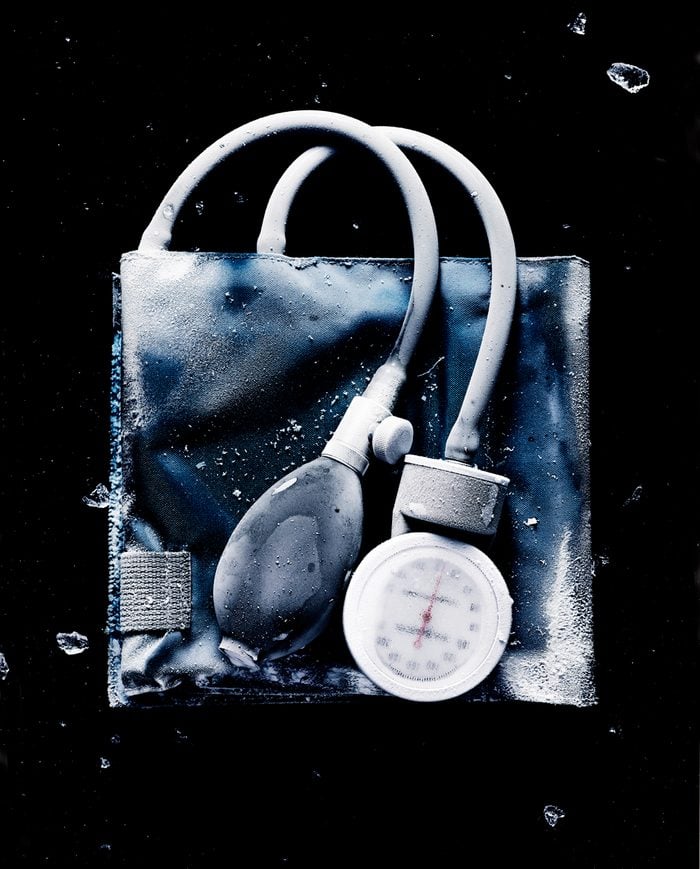
Snow-covered and blue
Justin Smith, 25, of Pennsylvania, had gone out with friends one night in 2016 when he technically lost his life. The group had been drinking and lost track of each other. Smith was found unconscious on the roadside the following morning covered in snow and blue—he had been in sub-zero temperatures for more than 12 hours. Knowing his son had no pulse or blood pressure, Smith’s father had no hope. Gerald Coleman, DO, was working in the emergency department of Lehigh Valley Hospital when Smith came in, and he wasn’t ready to give up. “My clinical thought is very simple: You have to be warm to be dead,” he told medicaldaily.com. Dr. Coleman hooked Smith up to an extra-corporeal membrane oxygenation (ECMO) machine—it pumps and oxygenates a patient’s blood, doing the work of the heart and lungs. Smith’s core temperature began to warm; although he ended up losing his toes and two fingers, over the course of the next few weeks, Smith made a complete recovery. “When you have a very low temperature, it can preserve the brain and other organ functions,” James Wu, MD told medicaldaily.com. Make sure you know how to spot the subtle signs of hypothermia that are too easy to miss.
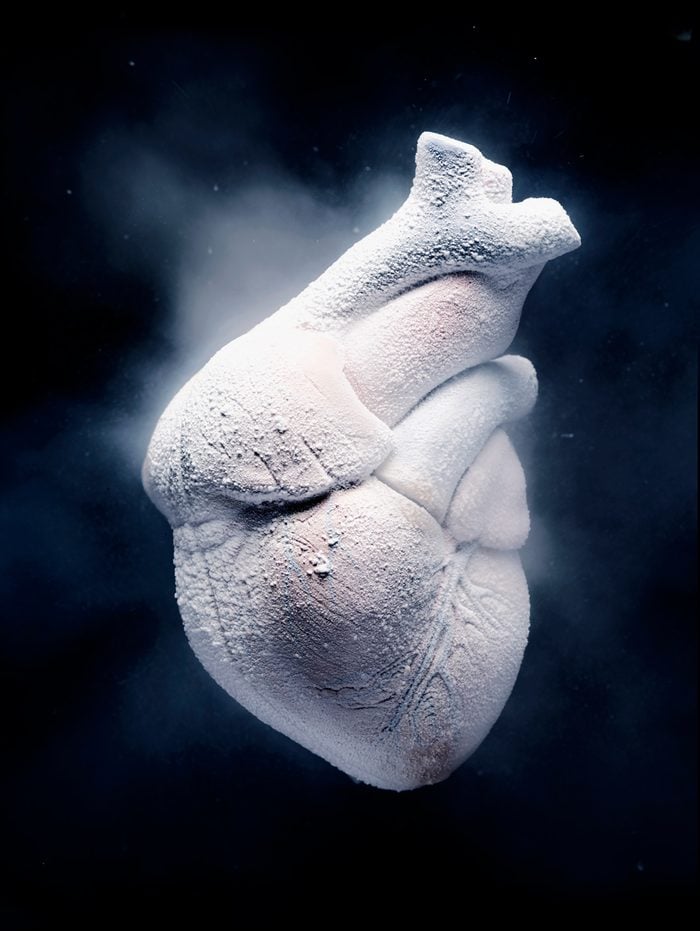
A toddler in the icy Canadian night
In the winter of 2001, 13-month-old Erika Nordby woke up in the middle of the night at a family friend’s home. Although she was cuddling with her snoozing three-year-old sister and mother, Nordby got up and toddled out into the icy Canadian night, wearing only a diaper and T-shirt. At 3 a.m., Nordby’s mother woke to notice her baby was missing: When she finally found her daughter, Nordby was face-down in the snow and frozen stiff—she had been out in the snow for up to four hours. When paramedics arrived, they struggled to insert an IV into Nordby’s veins to warm her, so they stuck the needle straight into her leg bone to run fluid through her bone marrow. After treatment with a warming blanket known as the “Bair hugger” at the emergency room, Nordby’s heart began beating again; the toddler eventually made a full recovery. “As long as they cool off fast enough, the body ends up having enough oxygen in the various parts of the body, such as the brain,” Allan de Caen, MD, who led the ER team, told ABC News. “It’s like being in a state of suspended animation.” Watch out for these other 11 ways winter can kill you.
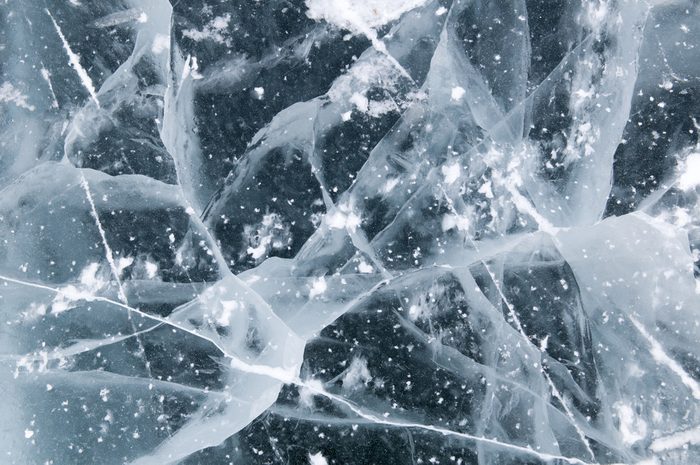
Headfirst into a frozen lake
When 29-year-old Swedish radiologist Anna Bågenholm went for a day of skiing with her friends, she never expected that it would nearly claim her life. On the trip in 1999, Bågenholm slipped down a hill and fell headfirst into a frozen lake. Her friends tried to pull her out by her skis but couldn’t get her back to land. For nearly 40 minutes, Bågenholm was conscious; she found a small pocket of air under the ice that allowed her to breathe. But then her body gave in to hypothermia. When Bågenholm was finally pulled from the lake, she was nearly frozen solid—her core temperature was 56° F. “On the electrocardiogram, which the doctor on the helicopter had connected her to, there was a completely flat line—like you could have drawn it with a ruler. No signs of life whatsoever,” attending physician Mads Gilbert, MD, told CNN. At the hospital, doctors hoped her body had frozen slowly enough to allow her brain to survive the lack of oxygen. They pumped her blood through a warming device and returned it to her body to bring her temperature back up. The doctors were stunned when Bågenholm’s heart began to beat. It took over a year for Bågenholm to overcome nerve damage from being frozen, but she made a complete recovery. Check out these 15 weird things that happen to your body during the winter.

The human hibernator
Mitsutaka Uchikoshi, 35, of Japan, may be the only known case of human hibernation. In October 2006, Uchikoshi fell down a steep mountain slope while walking home alone from a work outing. Then he broke his pelvis slipping in a stream. Doctors believe he lost consciousness a day later. No one’s sure because he wasn’t found until 24 days later when hikers stumbled across his body. During that time, Uchikoshi had endured temperatures that dipped to 50° F; his body temperature had fallen to 72° F (hypothermia starts to kick in at a body temp of 95° F). When the hikers found Uchikoshi, he was suffering from organ failure and barely had a pulse. Shinichi Sato, MD, told The Guardian, “He fell into a state similar to hibernation and many of his organs slowed, but his brain was protected.” Uchikoshi made a full recovery, stunning the medical community. You won’t believe the 12 things that happen to your body when it’s freezing.
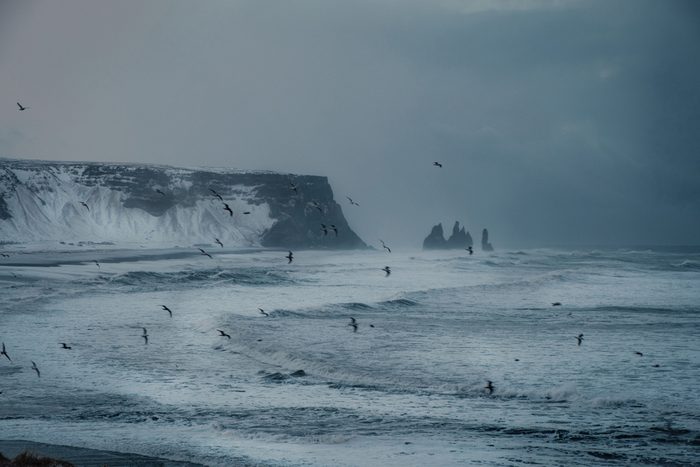
Waiting for the death announcement
Stella Berndtsson’s parents gave their daughter permission to play outside while they prepared for Christmas in 2011. They had no idea it would lead to the seven-year old’s disappearance in freezing waters. While playing, Berndtsson fell over a sea cliff and vanished. Her parents, Peter and Annika Berndtsson, frantically searched for her with neighbors until they found footsteps leading to the edge of the cliff and into the sea below. The coast guard and helicopters spotted a pink jacket floating in the waves—it was Berndtsson. “It was the death announcement we waited for,” her father recalled to MSN. “We knew of course that she must have been in the water a long time.” The rescuers started CPR on the way to the hospital, though they assumed it was futile. Her body temperature was 55.4° F upon arrival; doctors gave the parents little hope of their daughter’s recovery. But after 12 hours of slow warming, Berndtsson opened and closed her eyes. Two weeks later, she spoke again. After two months of rehabilitation, she made a full recovery. If you thought these stories were impressive, check out these other miraculous medical recoveries almost impossible to believe.
